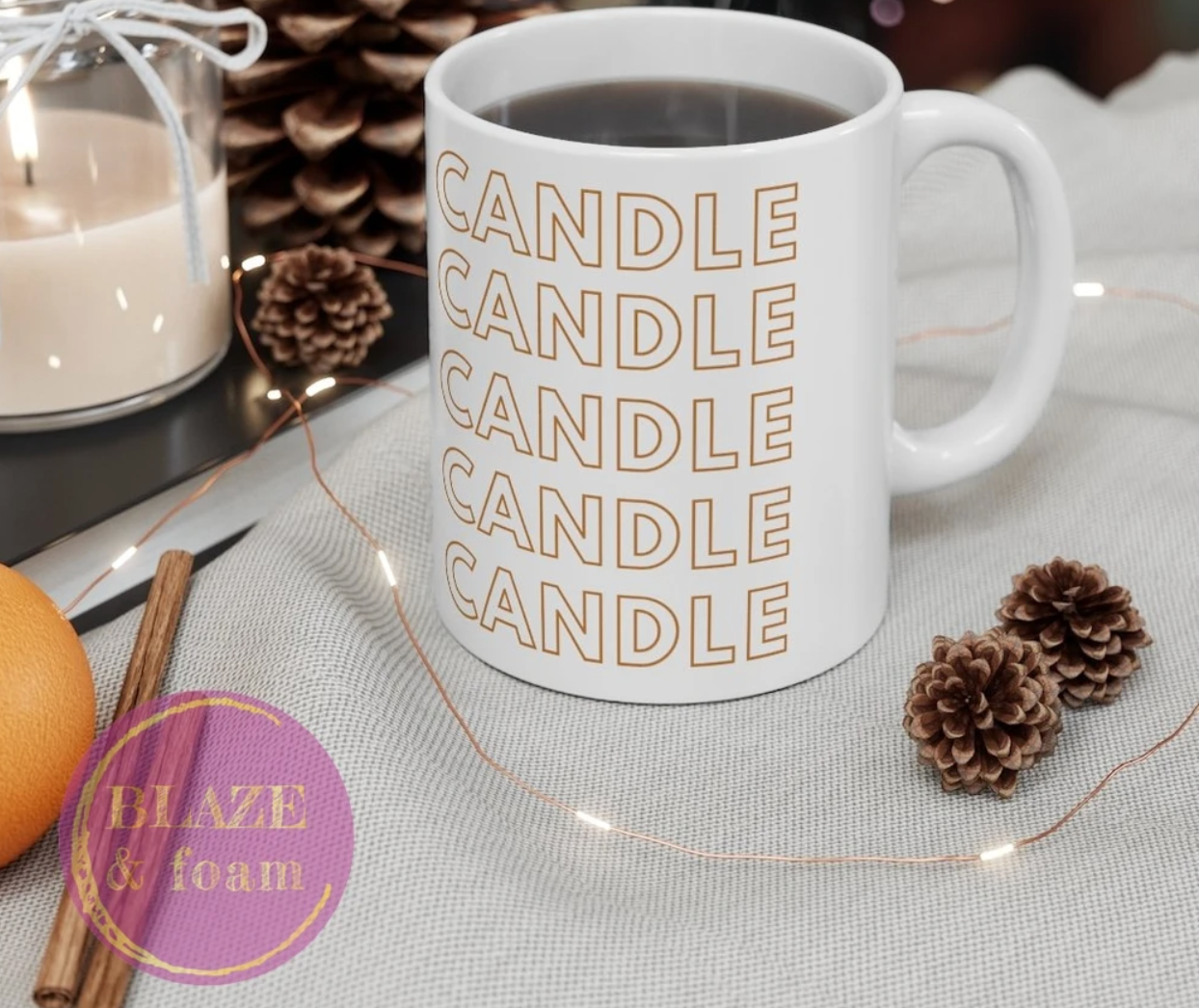I
Get ready for a journey through the mystical world of scent safety and standards. If you're new to the candle, cosmetic, or soap-making scene, you might be thinking, "How much fragrance can I sprinkle into my creation?" Fear not, for we're here to demystify the fragrance dosage dilemma!
IFRA: The Guardian of Fragrance Safety:
First things first, let's talk IFRA – the International Fragrance Association, the superhero squad of scent safety. Imagine them as the wise elders of the fragrance world, setting the safety standards for all fragrant concoctions. These standards aren't just for show; they're like the Ten Commandments for fragrance usage.
Diverse Fragrance, Diverse Strengths:
Every fragrance oil has its own personality. Some are chill and need only a drop to make a statement, while others are flamboyant and demand more attention. It's like a scent power spectrum, and IFRA steps in to make sure we don't cross the fragrance overload line.
Enter the IFRA Certificate: Your Scent Safety Ticket:
Here's the deal – commercial fragrances come with an IFRA certificate that says, "Hey, we've been tested and are safe to use – here's how much you can use." These certificates are like golden tickets, but without the chocolate river. They're specific about usage categories and maximum concentrations.
Usage Categories: The Scent Dancefloor:
Picture this: you're at a fragrance party, and everyone's on a different dancefloor – candles, soaps, lotions, you name it. These dancefloors are IFRA's usage categories, and each has its own safety rules. Soaps have one category, candles another – it's like dancing to different beats.
Let's Decode the Categories: The Dance Steps:
We've got categories ranging from lip products and deodorants to candles and laundry detergents. Think of these as dance styles. You wouldn't breakdance at a waltz party, right? Similarly, you shouldn't use a lip product fragrance in a laundry detergent. Safety first, peeps!
Usage Rates: Maximum vs. Recommended:
Hold up, don't pop the cork just yet. Maximum usage rates ≠ recommended usage rates. The maximum is like the edge of a cliff – you don't want to step off. Imagine a fragrance with a 50% max usage rate – you wouldn't want your lotion to smell like a perfume factory explosion!
Our Fragrance Suggestion: Your Fragrant Adventure:
Guess what? We've got your back! Our fragrance recommendations are like treasure maps, guiding you through the fragrance maze. They're always below IFRA's maximum usage rates. Just imagine us whispering, "Your lotion doesn't need to smell like a botanical garden – a touch will do."
The Bottom Line: Safety & Creativity:
While IFRA sets the safety rules, you're the composer of your fragrance symphony. Mix, match, and create, but always keep safety in mind. IFRA's here to make sure your fragrant creations won't cause any surprise allergic reactions or accidental explosions.
So, fellow fragrance explorer, go forth and concoct! Just remember – IFRA's got your back, and we're here to sprinkle a bit of fragrance wisdom on your aromatic journey.
How to Read an IFRA Certificate
At first glance an IFRA certificate might look confusing, so let's break it down.
First, everything stated in an IFRA certificate of conformity relies upon the concept of a usage category.
What kind of product are you making? Candle, soap, body oil, room spray? All of these products will fall into different IFRA categories.
Let's imagine you splashed lemon juice on your hand. The reaction would differ significantly from splashing it into your eyes. You can see from this example why categories are so important in establishing safety.
Each IFRA category might have a different maximum usage percentage. The category numbers might change every time there is an update. Candles for example used to be in category 11, but in the most recent IFRA 50th amendment they are now in category 12.
Category 1: Lip Products /Toys e.g. lipstick, lip balm, lip scrubs.
Category 2: Deodorant and antiperspirants/ body spray/body mist.
Category 3: Hydro-alcoholics for Shaved Skin, eye products, men’s facial care products, and products for children or infants
Category 4: Hydro-alcoholics for Unshaved Skin, e.g. some hair products, body mists, body lotions, body oils, foot care products, and fragrance ingredients in cosmetics and perfumery kits.
Category 5: Facial care products, facial masks, hand cream products, dry shampoo, and permanent hair products.
Category 6: Mouthwash, toothpaste, or breath sprays.
Category 7: Insect Repellents.
Category 8: Makeup remover, hair styling aids, nail care products, and any powder or talc products.
Category 9: Wash-off products, e.g. soap, bath gel, body wash, shampoo, conditioner, liquid soap, shaving cream.
Category 10: Laundry detergent, fabric softener, and household cleaning products.
Category 11: Non-skin contact products that may come in contact with skin, eg. air fresheners, candles, and reed diffusers.
Category 12: Candles/Incense
Updated IFRA Amendments will also specify changes to restricted and prohibited substances.
Usage Rates
It’s vital to remember IFRA usage rates are NOT recommended usage rates for ideal product performance. They are maximum usage rates.
A certificate might specify that a fragrance has a 50% maximum usage rate for a specific category. This does NOT mean that you should go ahead and use 50% in your product. It might be safe to do so technically, but... it’s NOT a recommendation. Imagine how strong your lotion would be at that huge percentage! Candles, for example, have an IFRA usage rate of 100%. But just imagine how much fragrance oil seepage you’d get going beyond 8-10% !
Blaze & Foam Fragrances
We specify maximum usage recommendations for fragrances based on our own testing and ensure that these percentages are always below IFRA maximum usage rates for each category.
Below is a screenshot of a summary for our version of 1 million fragrance oil, which shows the maximum level for IFRA standards and our suggested level of use. You can see that the maximum level of use for IFRA Standards is significantly different from our suggested level of use.

*This suggested level of use is only intended as a guide and is always reliant on your own testing and research. Results may vary according to individual recipes. It is your responsibility to test all products and fragrances thoroughly. We take no responsibility for your finished products made with our raw materials.





Leave a comment
All comments are moderated before being published.
This site is protected by hCaptcha and the hCaptcha Privacy Policy and Terms of Service apply.